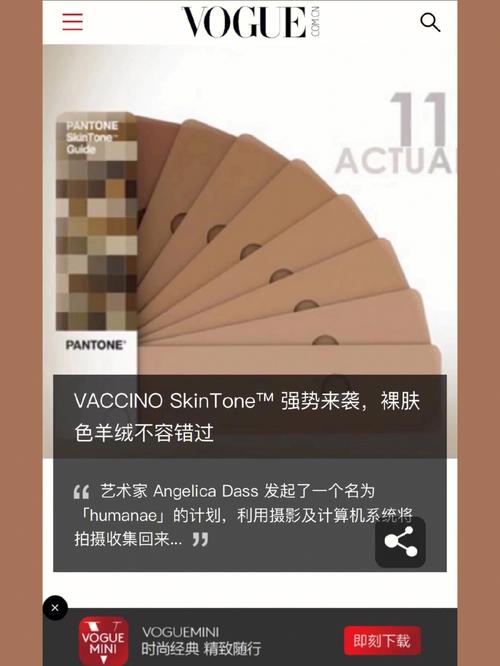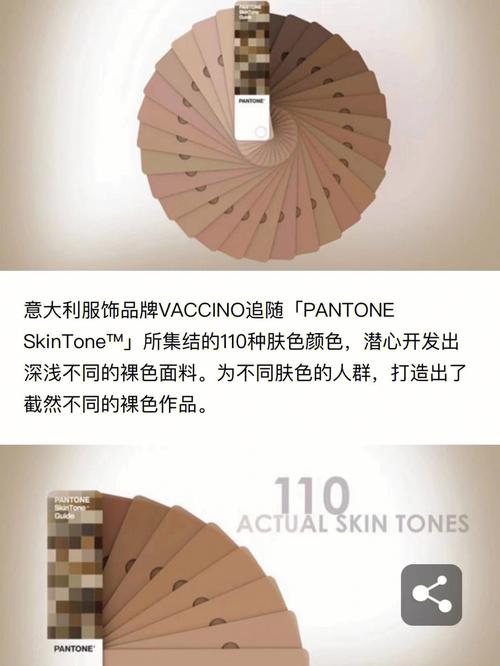Fitzpatrick Skin Tone: A Comprehensive Guide
Understanding your Fitzpatrick skin tone is crucial for making informed decisions about skincare, makeup, and sun protection. This guide will delve into the Fitzpatrick skin tone scale, its significance, and how it affects your daily beauty routine.
What is the Fitzpatrick Skin Tone Scale?
The Fitzpatrick skin tone scale is a classification system developed by dermatologist Thomas B. Fitzpatrick in 1975. It categorizes skin tones into six types, ranging from very fair (Type I) to very dark (Type VI). The scale takes into account factors like skin color, freckling, and the likelihood of burning versus tanning in response to sun exposure.

| Type | Description | Example |
|---|---|---|
| Type I | Very fair, always burns, never tans | Individuals with pale skin, red or blonde hair, and blue or green eyes |
| Type II | Fair, burns easily, tans minimally | Individuals with light skin, red or blonde hair, and blue or green eyes |
| Type III | Light to medium skin, sometimes burns, tans moderately | Individuals with light to medium skin, light brown hair, and hazel or brown eyes |
| Type IV | Medium to olive skin, rarely burns, tans well | Individuals with medium to olive skin, dark brown hair, and brown eyes |
| Type V | Dark to very dark skin, never burns, tans very easily | Individuals with dark to very dark skin, black hair, and brown eyes |
| Type VI | Very dark skin, never burns, tans very easily | Individuals with very dark skin, black hair, and brown eyes |
Significance of Fitzpatrick Skin Tone
Understanding your Fitzpatrick skin tone can help you choose the right skincare products, makeup shades, and sun protection measures. Here are some key reasons why knowing your skin type is important:
-
Skincare Products: Different skin types require different ingredients and formulations. For example, individuals with sensitive skin (common in Type I and II) may need gentle, fragrance-free products, while those with oily skin (common in Type III and IV) may benefit from oil-free, non-comedogenic formulas.
-
Makeup Shades: Finding the right makeup shades is crucial for achieving a natural, seamless look. Knowing your Fitzpatrick skin tone can help you select foundation, blush, and bronzer shades that complement your skin color.
-
Sun Protection: People with lighter skin tones (Types I and II) are more susceptible to sunburn and skin damage. Understanding your skin type can help you choose the appropriate sun protection measures, such as wearing sunscreen with a high SPF and seeking shade during peak sun hours.

How to Determine Your Fitzpatrick Skin Tone
Determining your Fitzpatrick skin tone is relatively simple. Follow these steps:
-
Examine your skin color: Look at your skin under natural daylight. Determine if your skin is very fair, light, medium, olive, dark, or very dark.
-
Consider your response to sun exposure: Reflect on your skin’s reaction to sun exposure. Do you always burn, rarely burn, or never burn? Do you tan easily, moderately, or minimally?
-
Consult a dermatologist: If you’re still unsure about your Fitzpatrick skin tone, it’s best to consult a dermatologist. They can provide a more accurate assessment and offer personalized skincare advice.
Conclusion
Understanding your Fitzpatrick skin tone is essential for maintaining healthy, radiant skin. By knowing your skin type, you can make informed decisions about skincare, makeup, and sun protection









